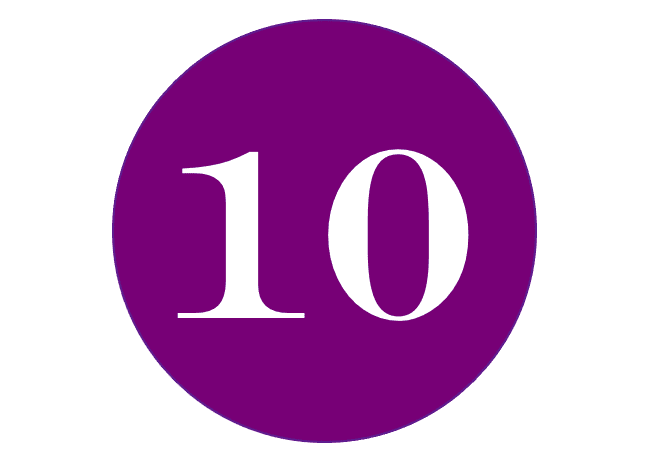
This end-of-key stage unit fulfils the post-1066 thematic requirement of the National Curriculum, but it does so in a particularly imaginative way. Instead of looking at just one period, here we look at three. Each has been deliberately chosen as they are optional topics so schools might not teach them at all. What we’ve done is to link the periods by a theme, an important one that runs through all studies of history. As a key role of historians is to sift and evaluate sources to try and construct an accurate view of the past, pupils need to see clear and motivating examples of where historians need to be careful so that pupils can truly understand what it is that historians do.
The three chosen cameos are: Tudor portraits (Henry VIII and Elizabeth 1); Victorian factories and town life; World War Two Home Front (Evacuation and the Blitz). Progressively, pupils begin to ask the questions as to the nature and purpose of the source. Who produced it and why? These are crucial questions, of course, and not just for the history lesson. These are skills for life. We are teaching pupils how to evaluate evidence and be on their guard against treating everything at face value. They grasp that factory owners might want to give a different version of events than factory workers. ‘I need to know who wrote it before I can trust it’. In the age of fake news, pupils learn about propaganda so that they can play an active role in society as sceptical, but not cynical, questioners of the information that is often designed to influence rather than educate.
NB This is a planner only. For full lesson details and resources go to the outstanding lessons section.








